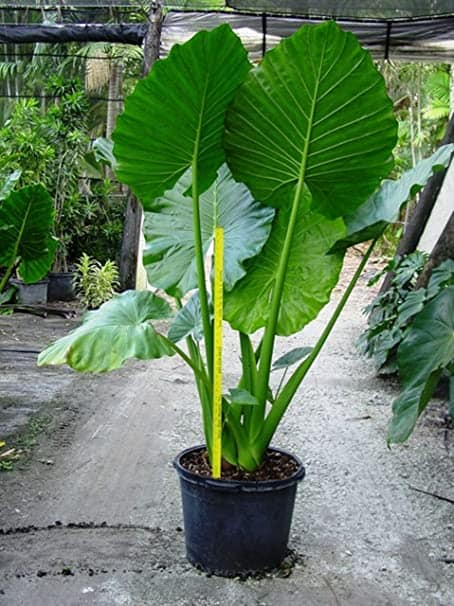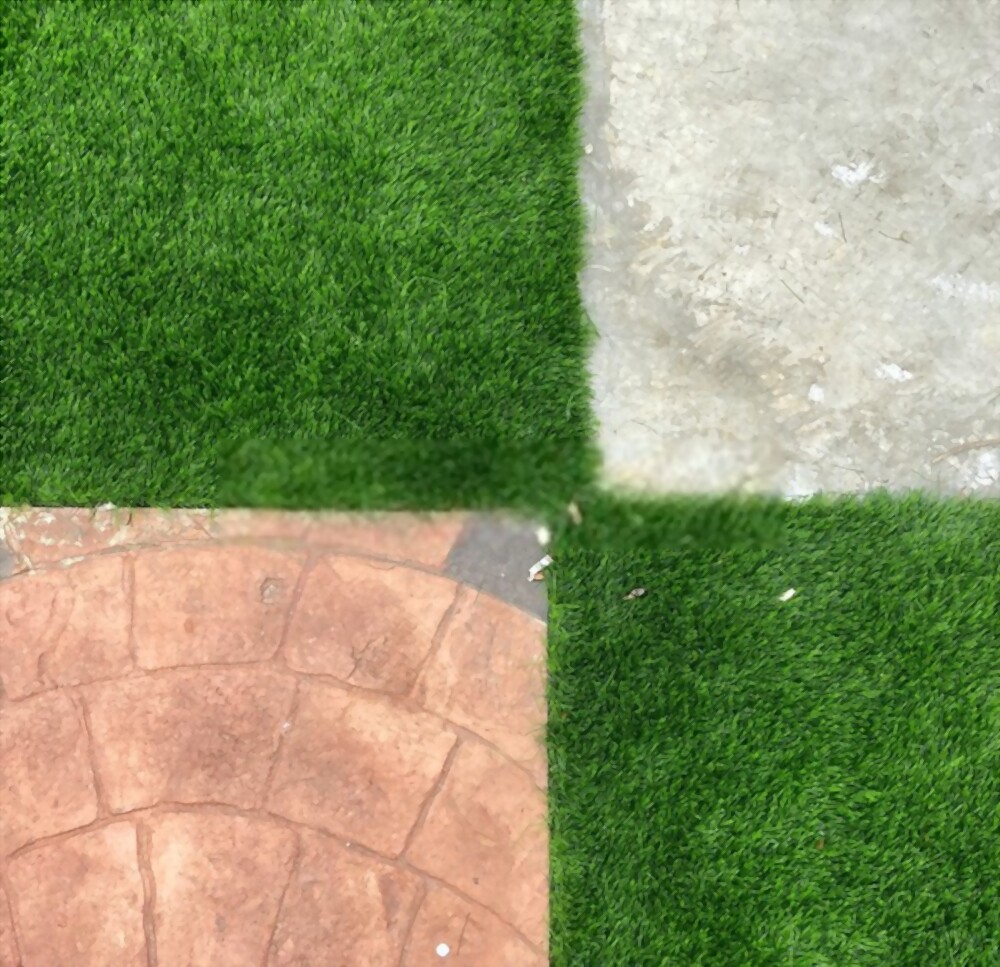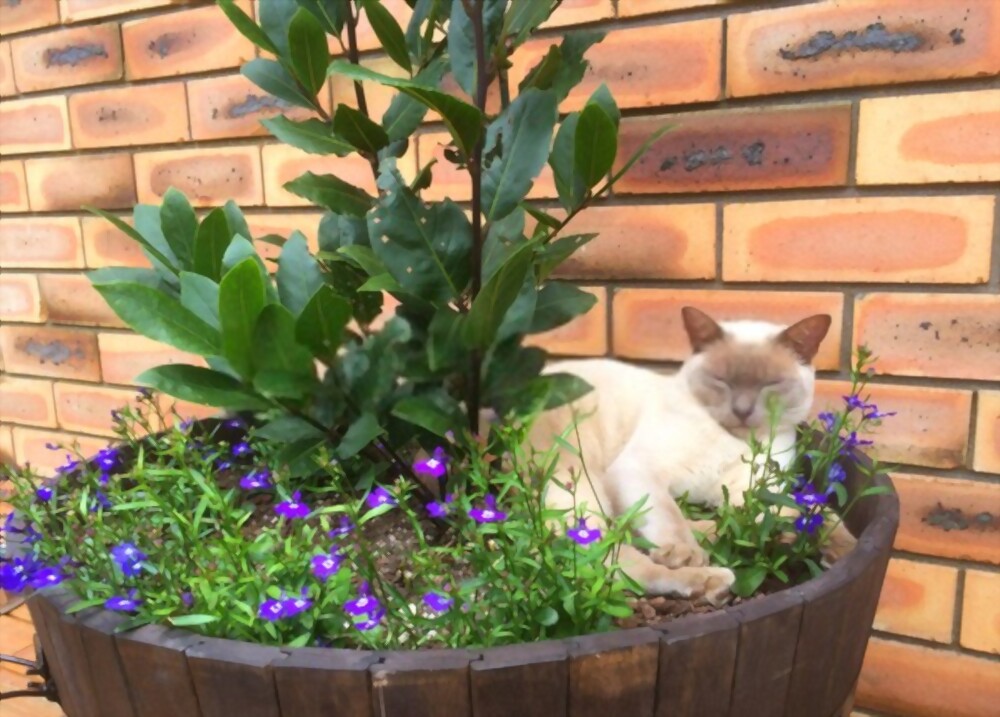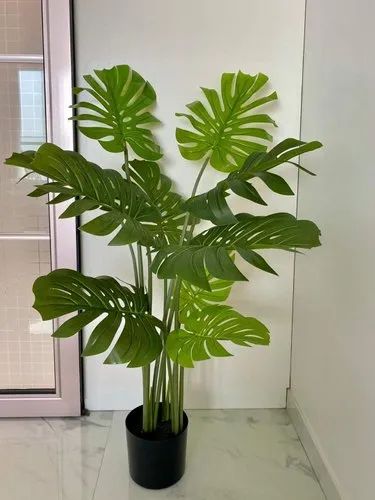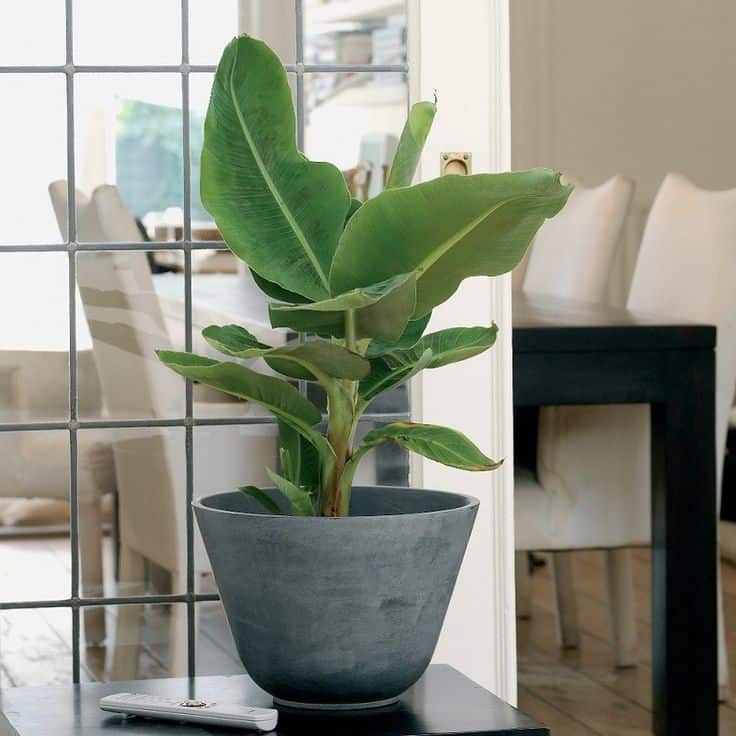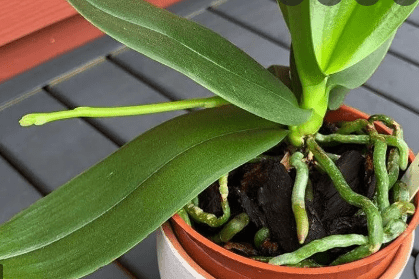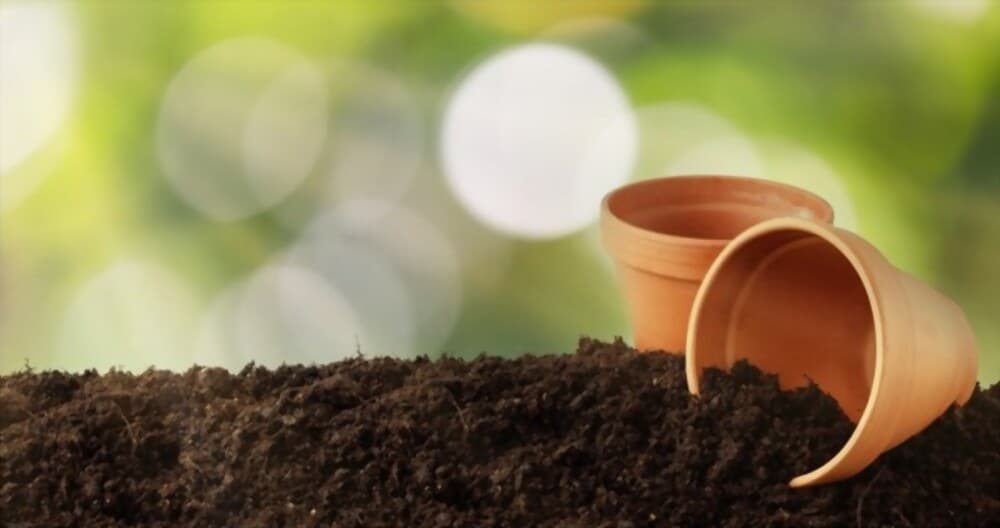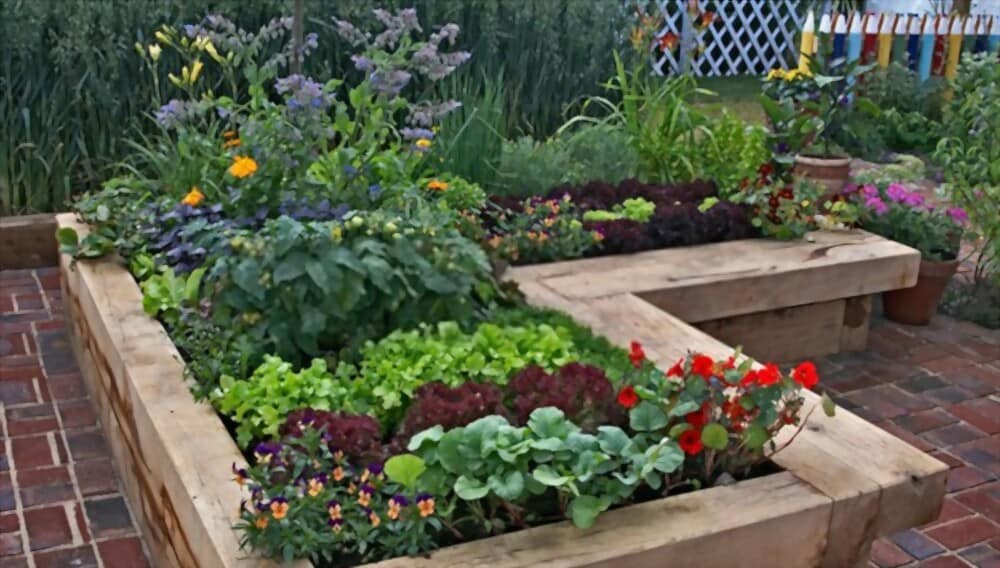Alocasia (Elephant ear) – Ultimate Care Guide
Alocasia growth habit As an indoor plant, an Alocasia will never grow this high. The circumstances are simply not sufficient. Yet as a houseplant they can still grow quickly. In the summer months you sometimes see a new leaf every week! Below in the picture you can see how such a new leaf unfolds. If …

